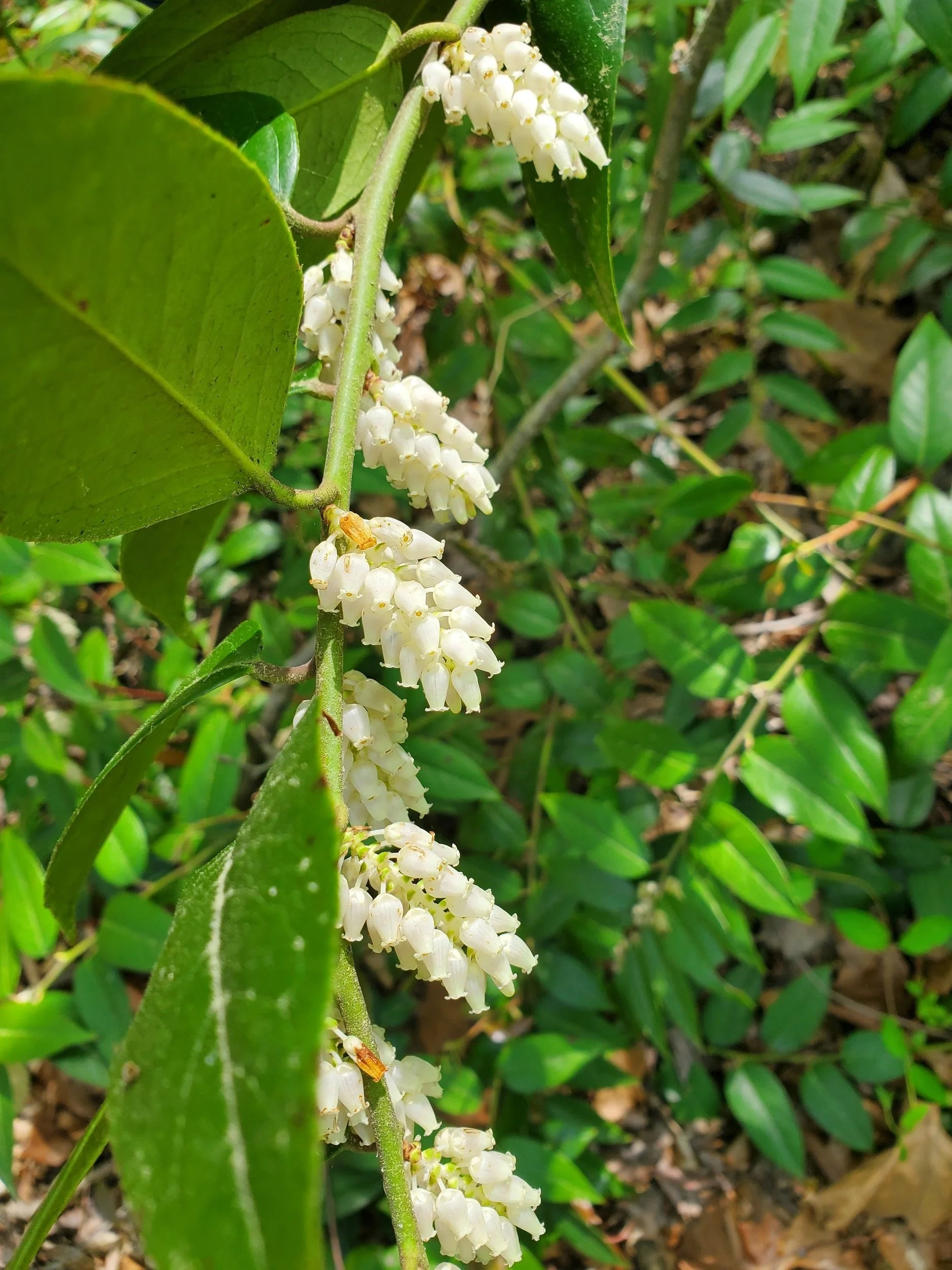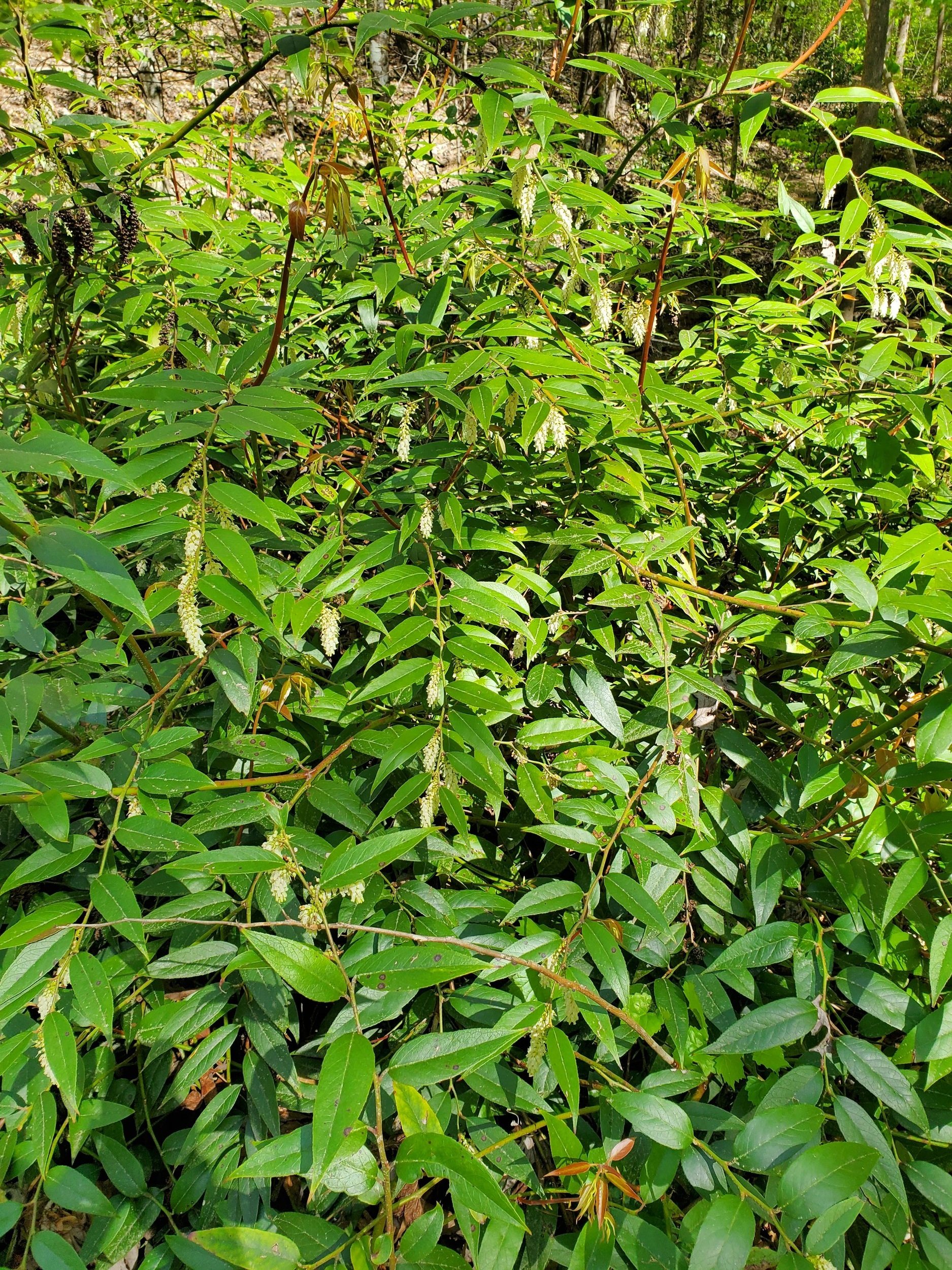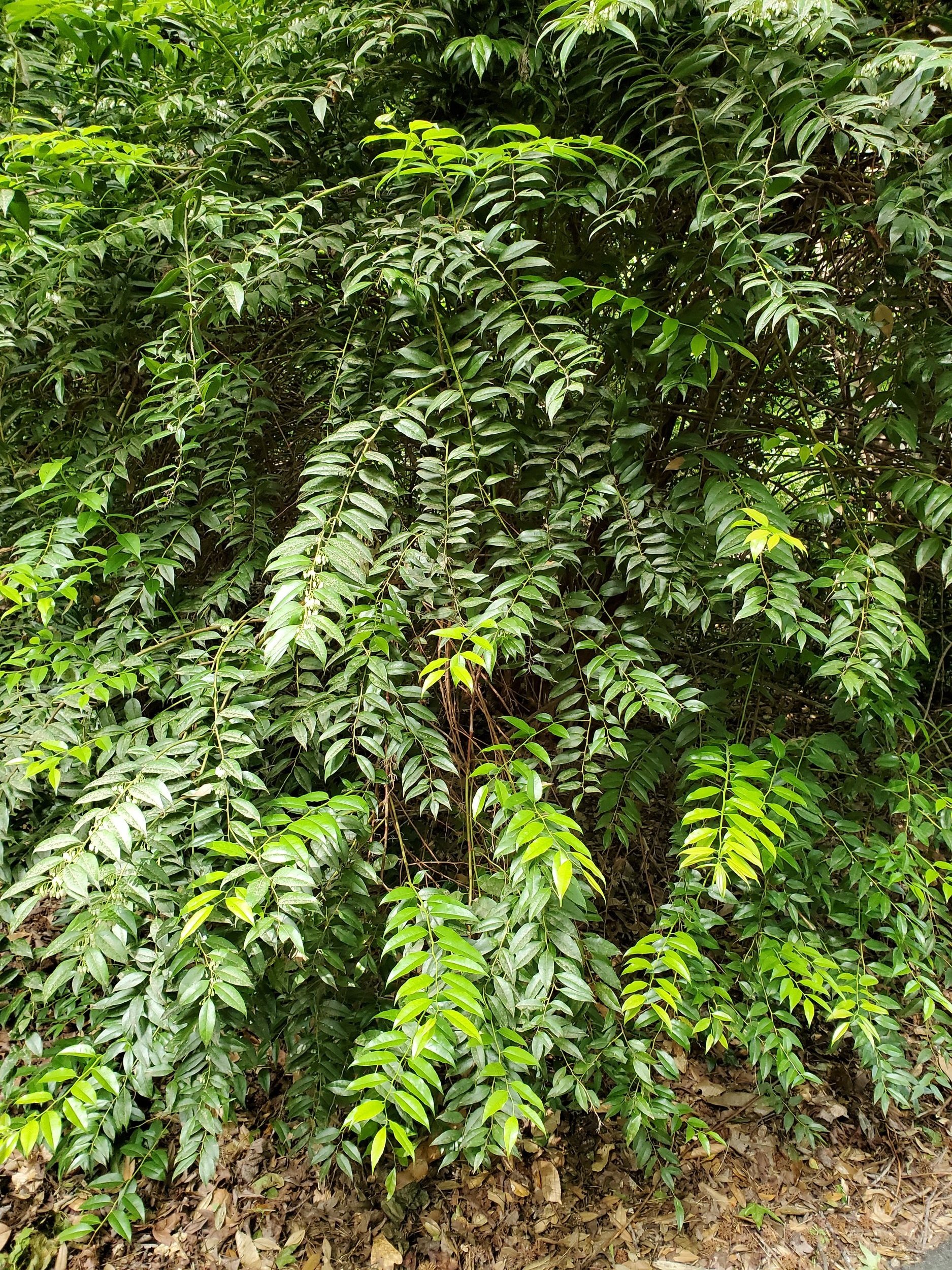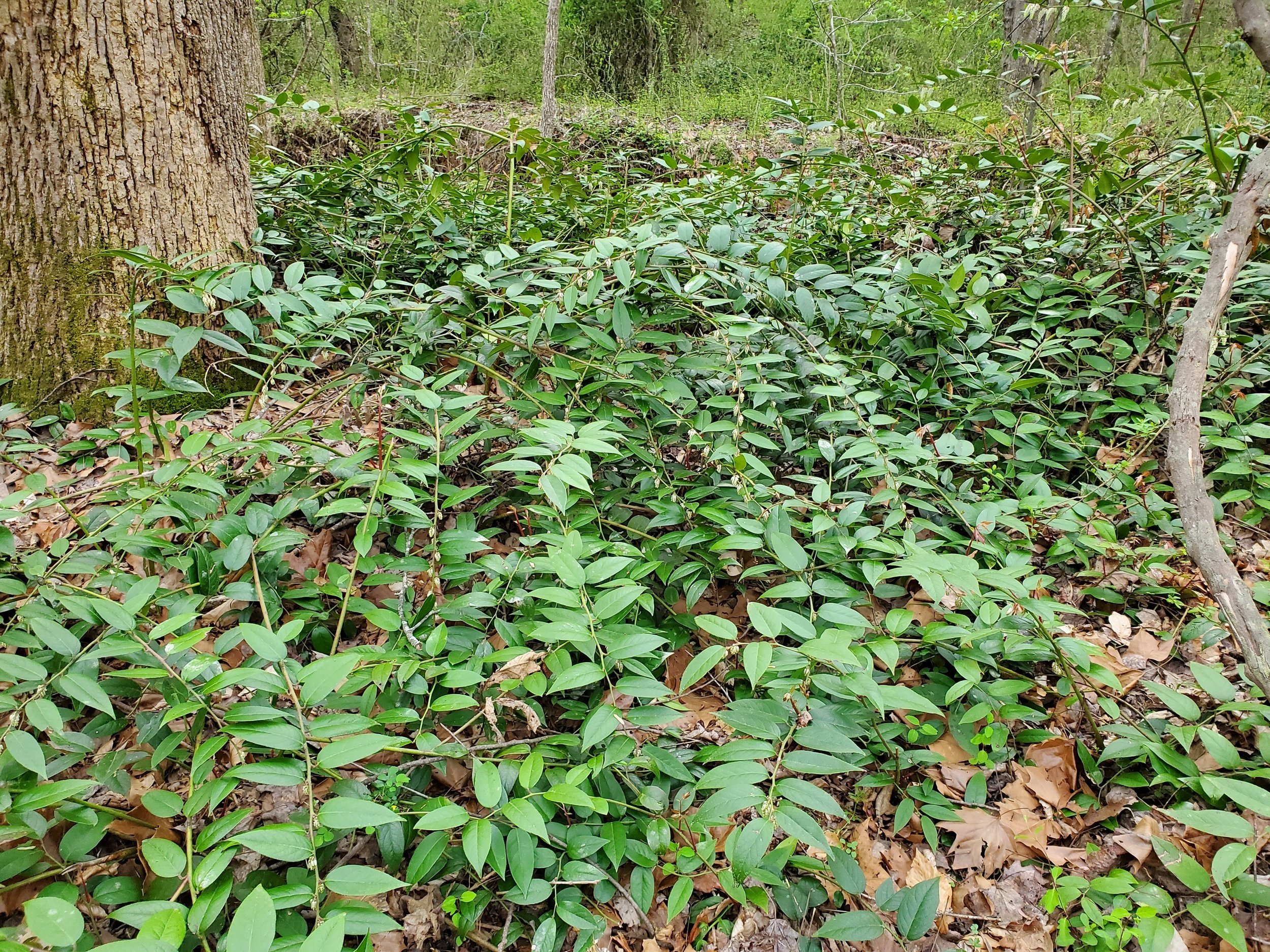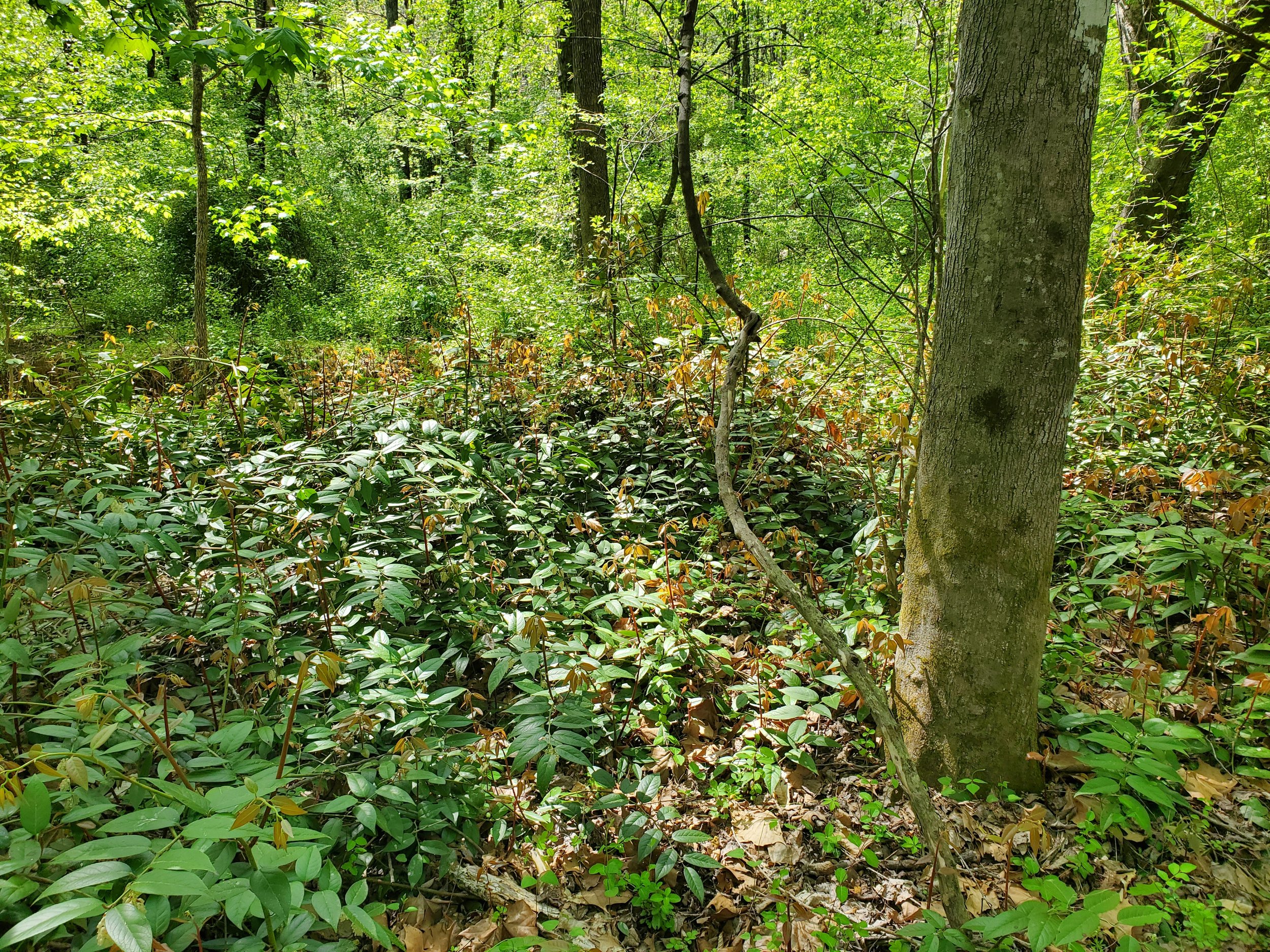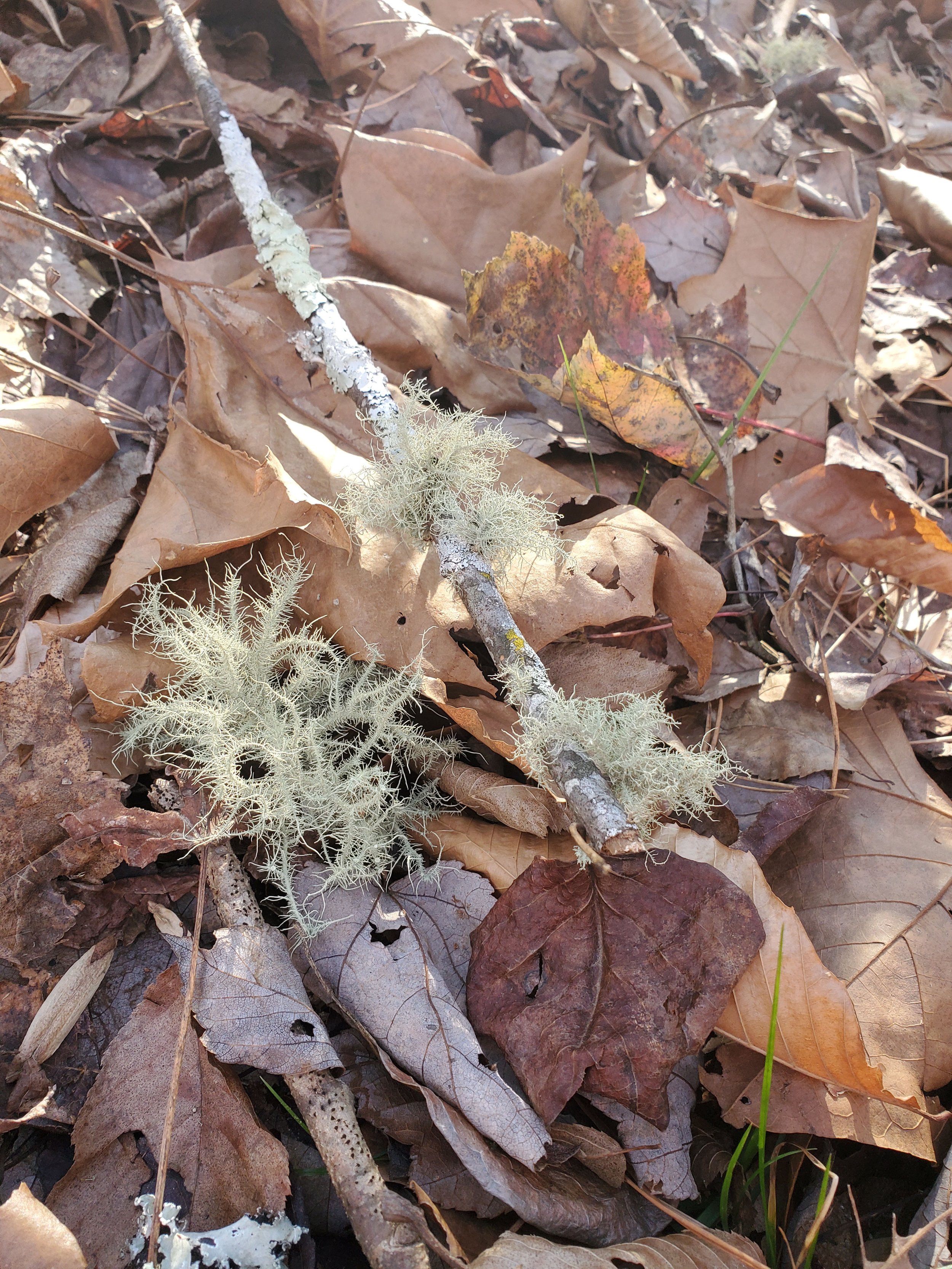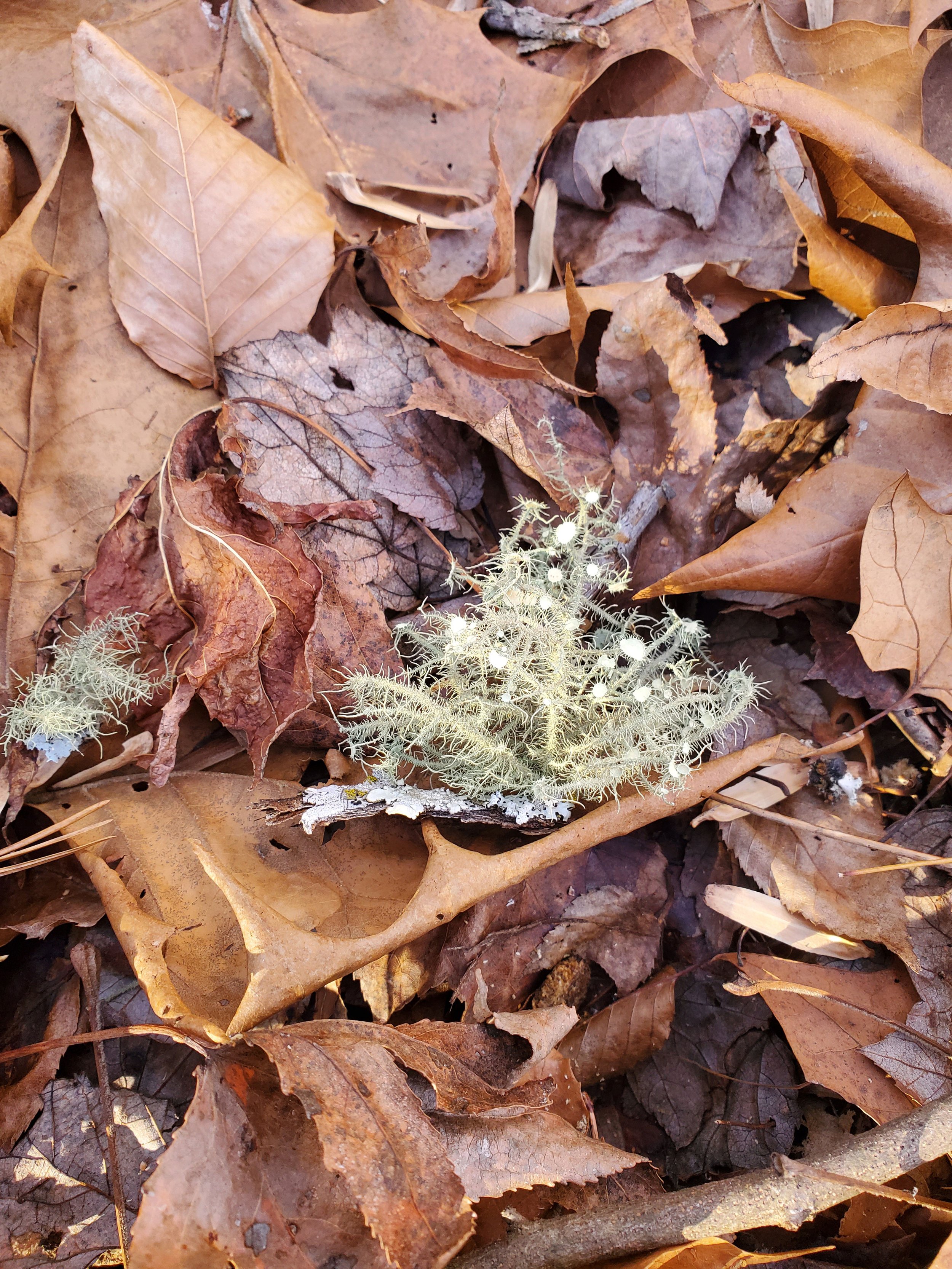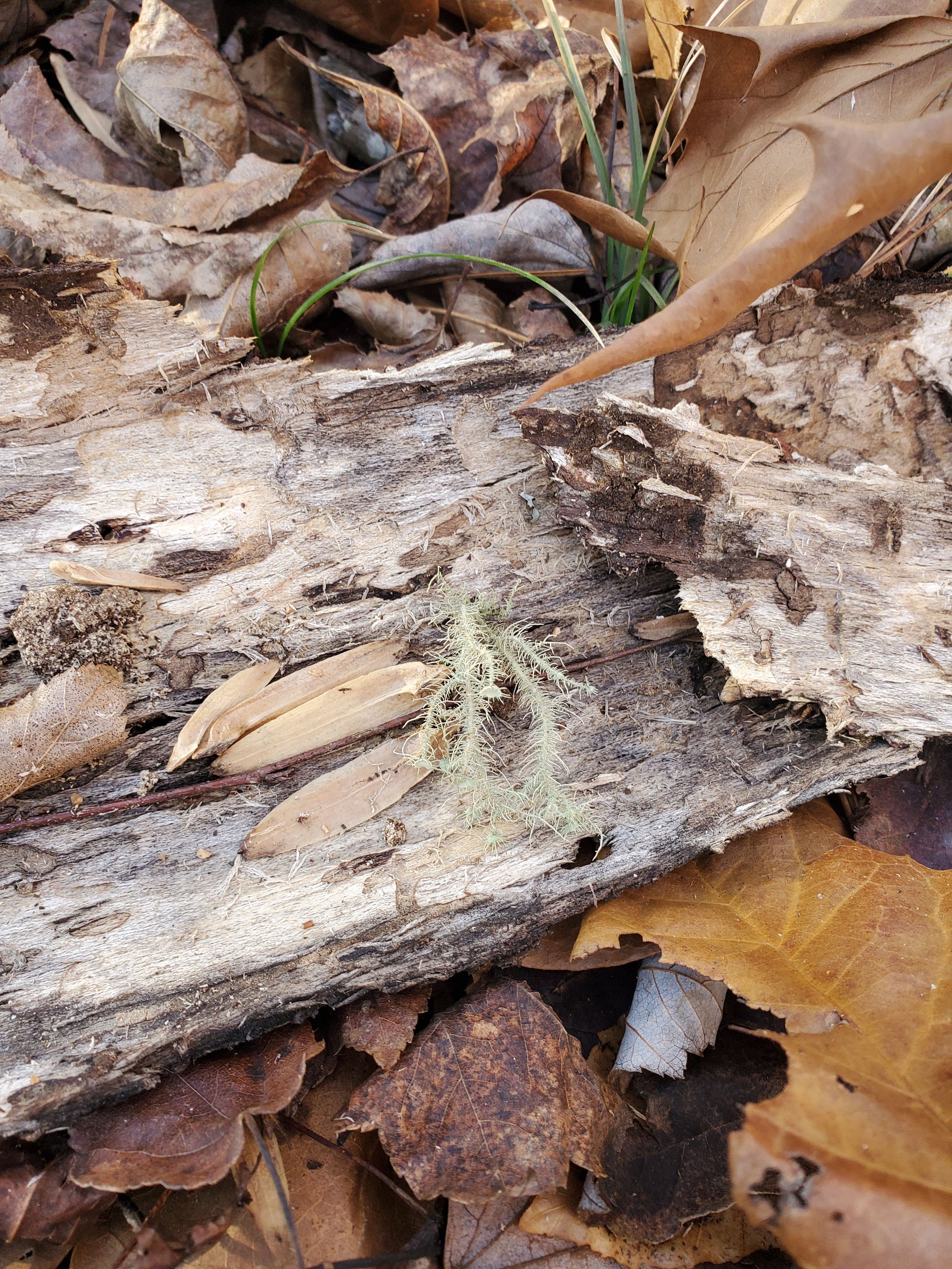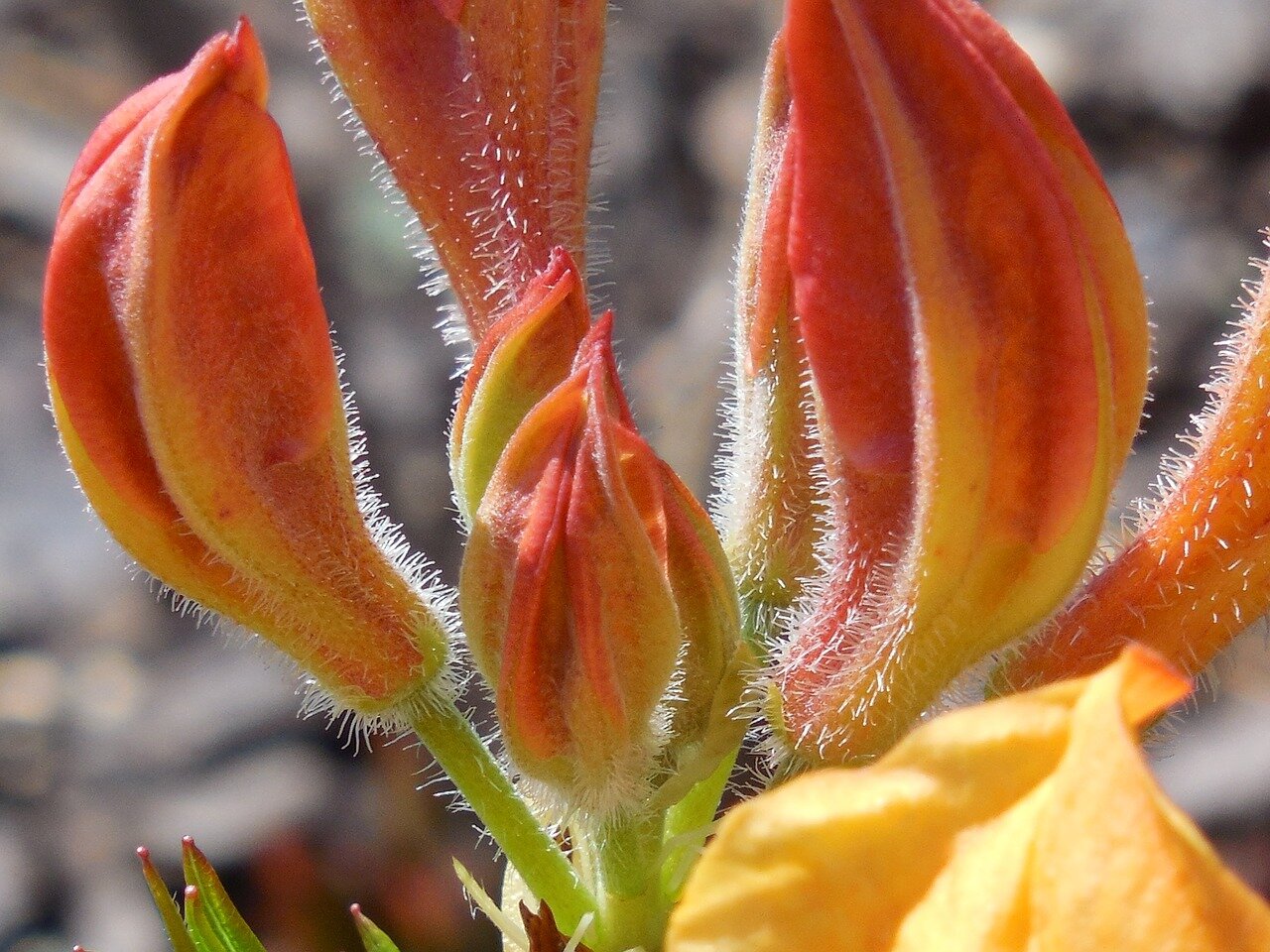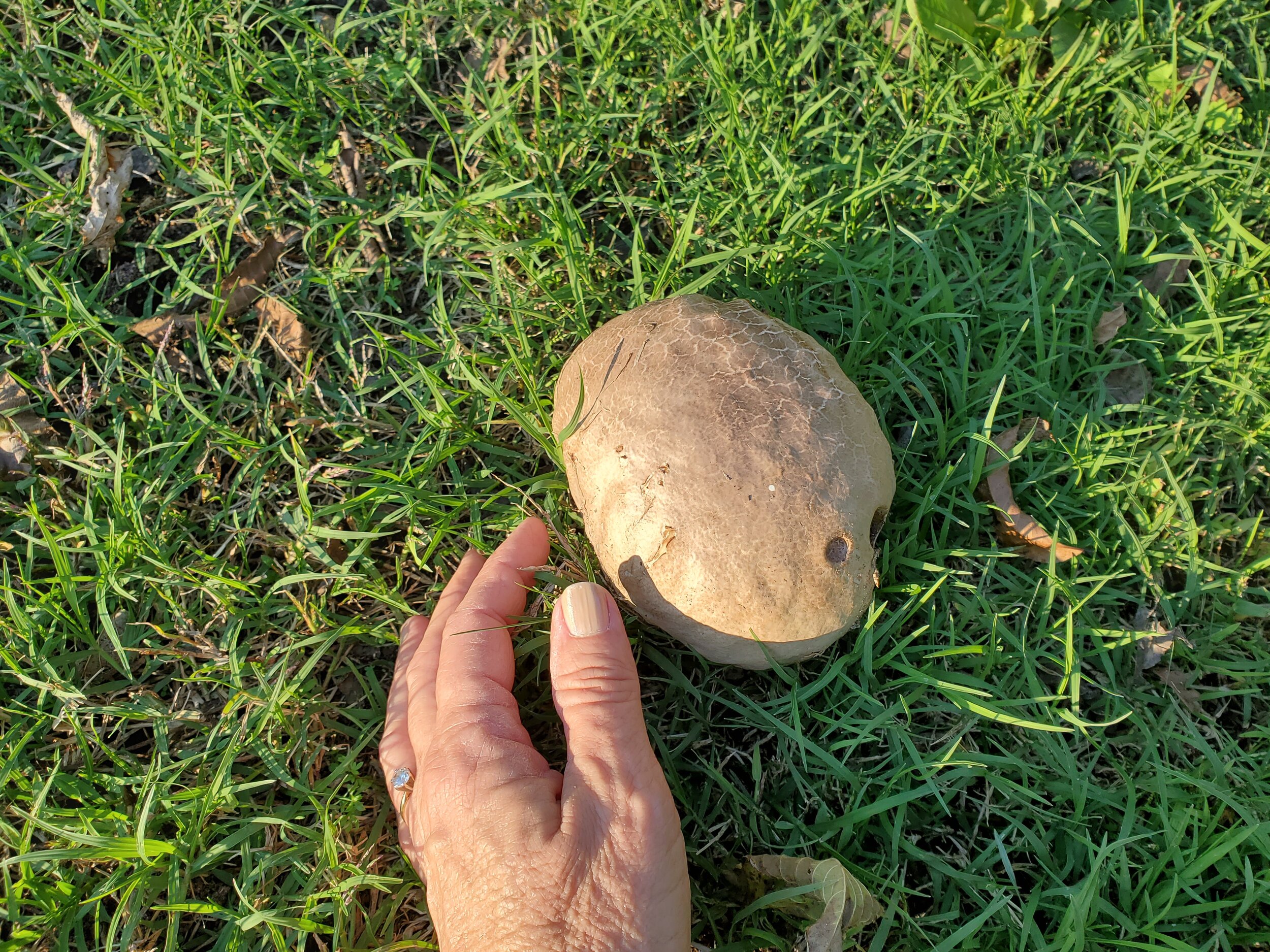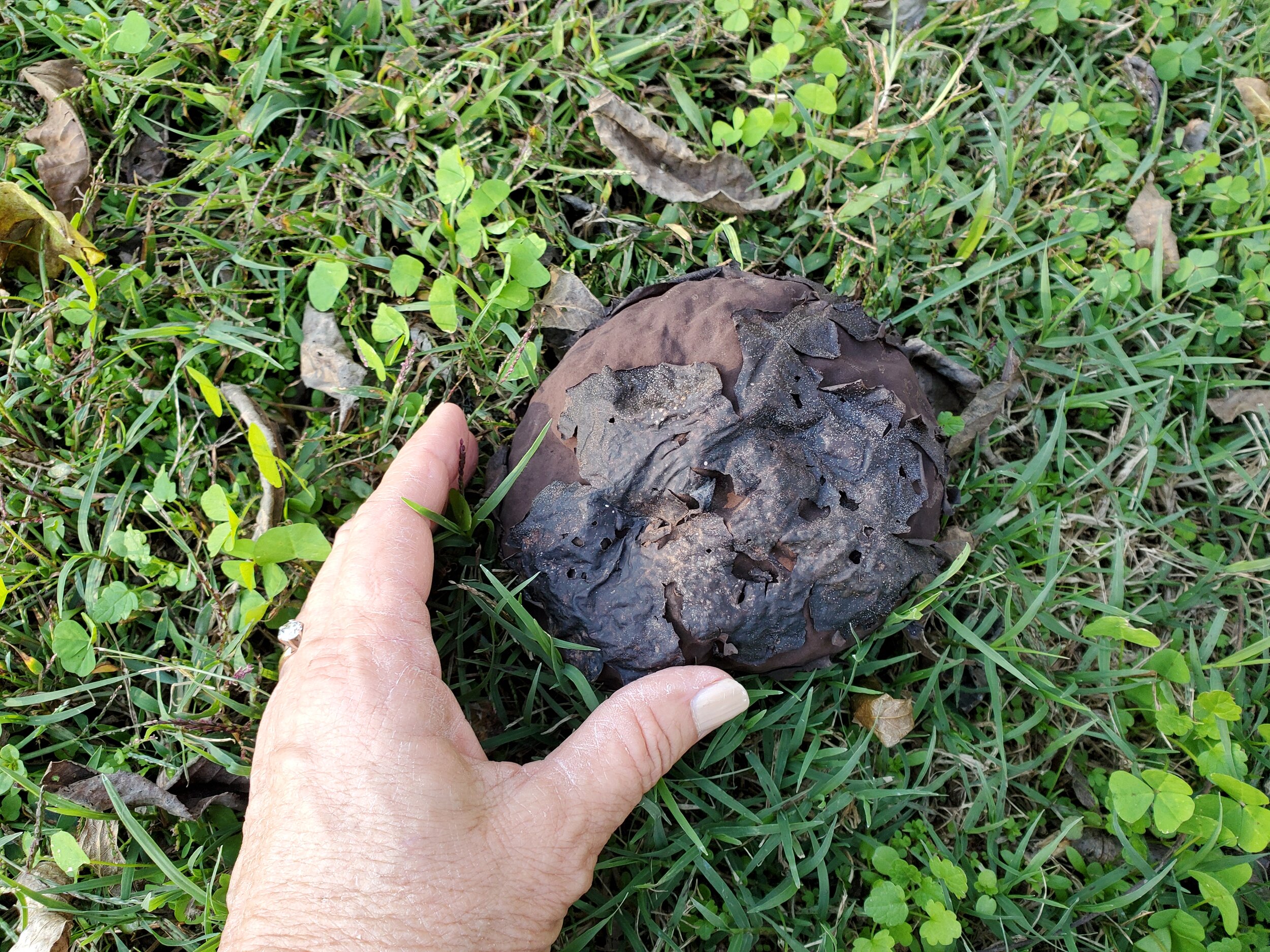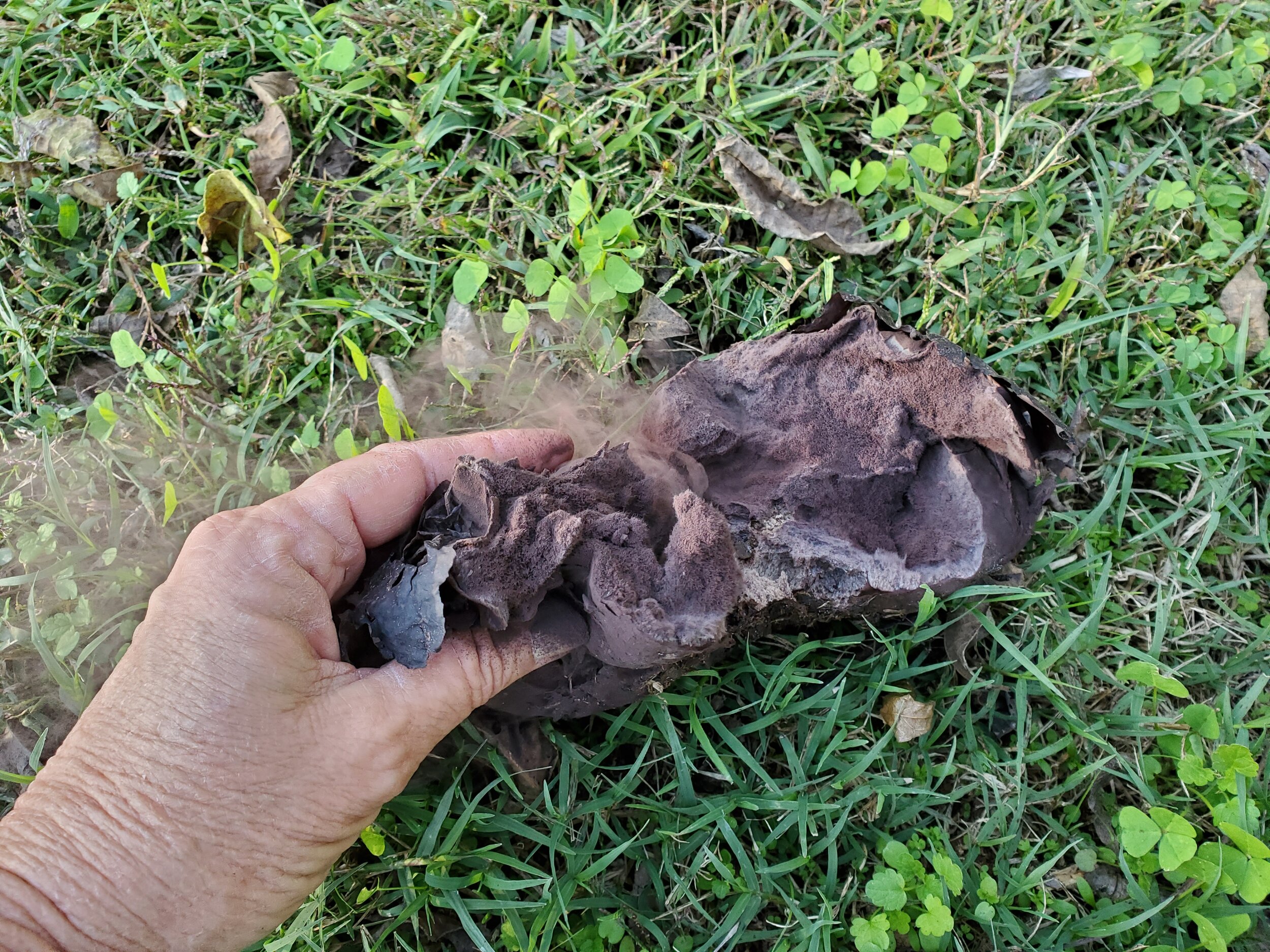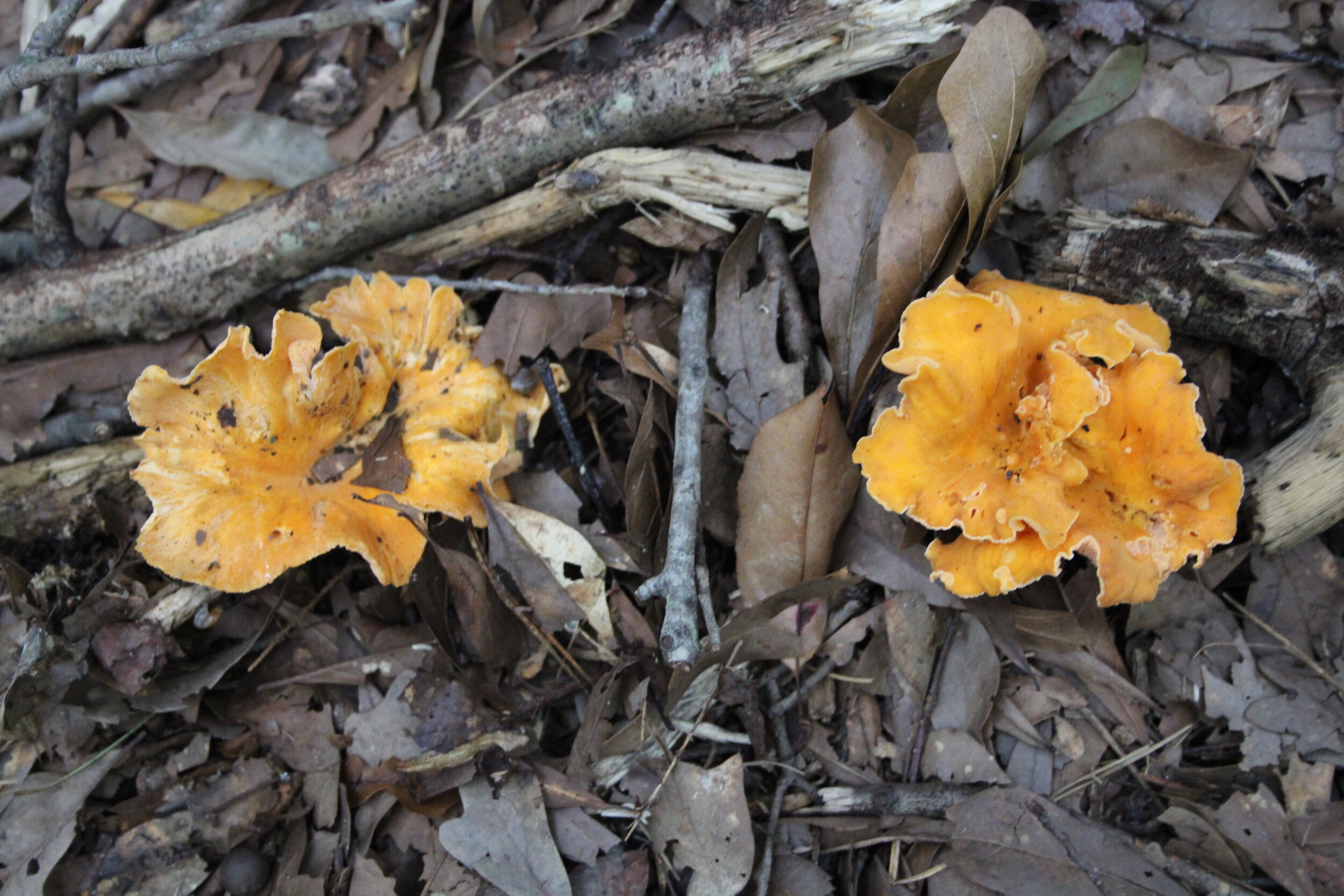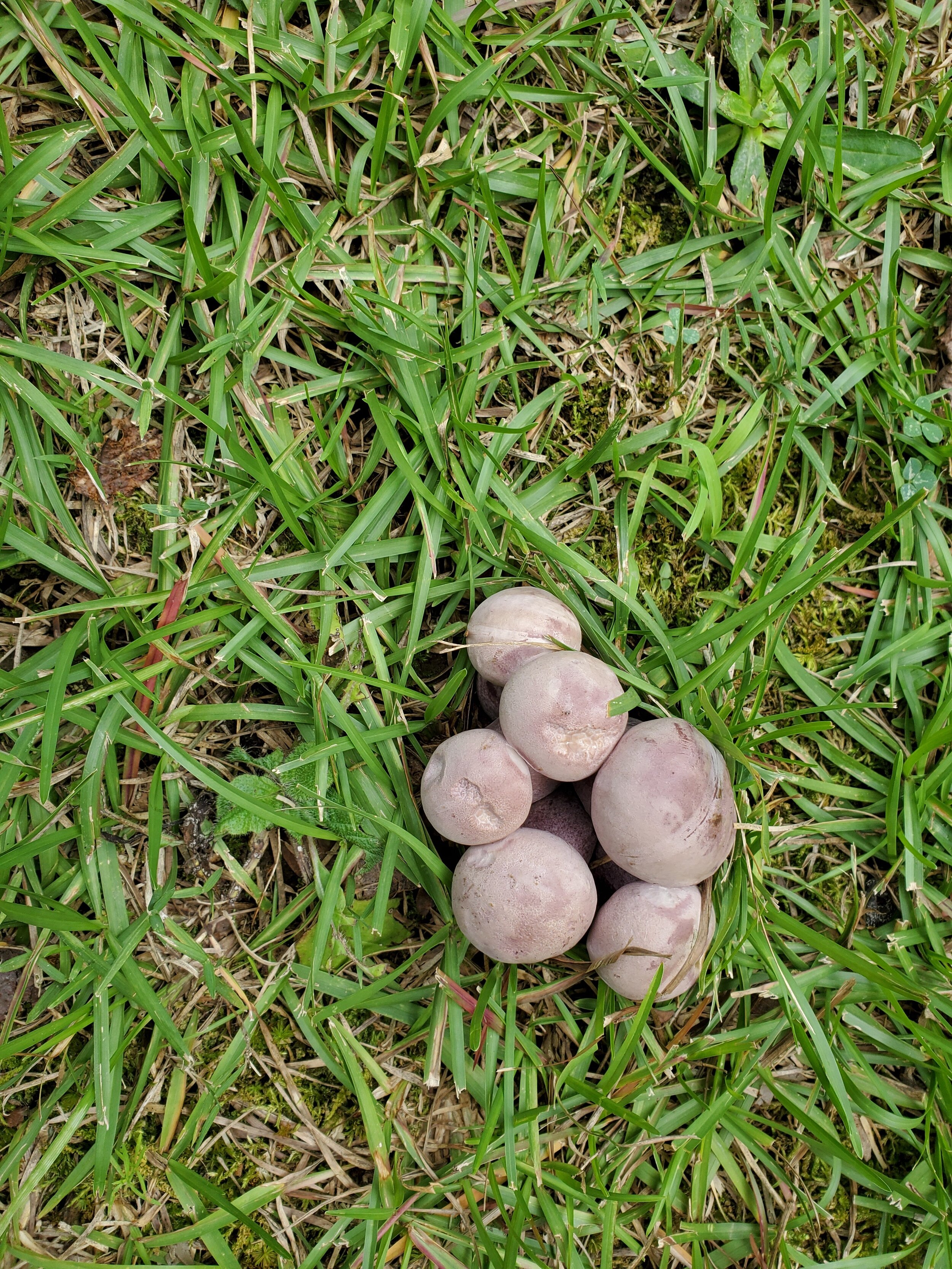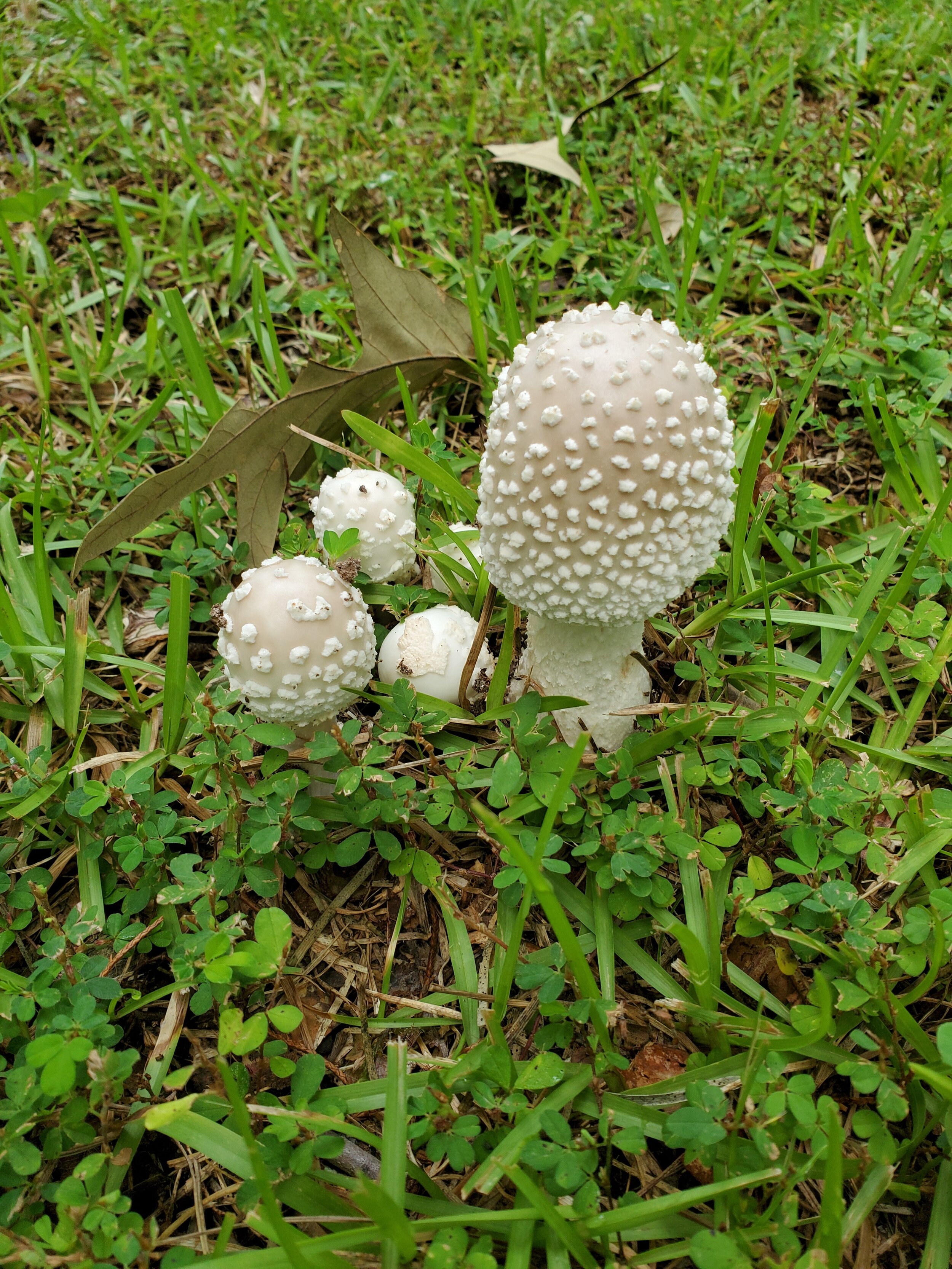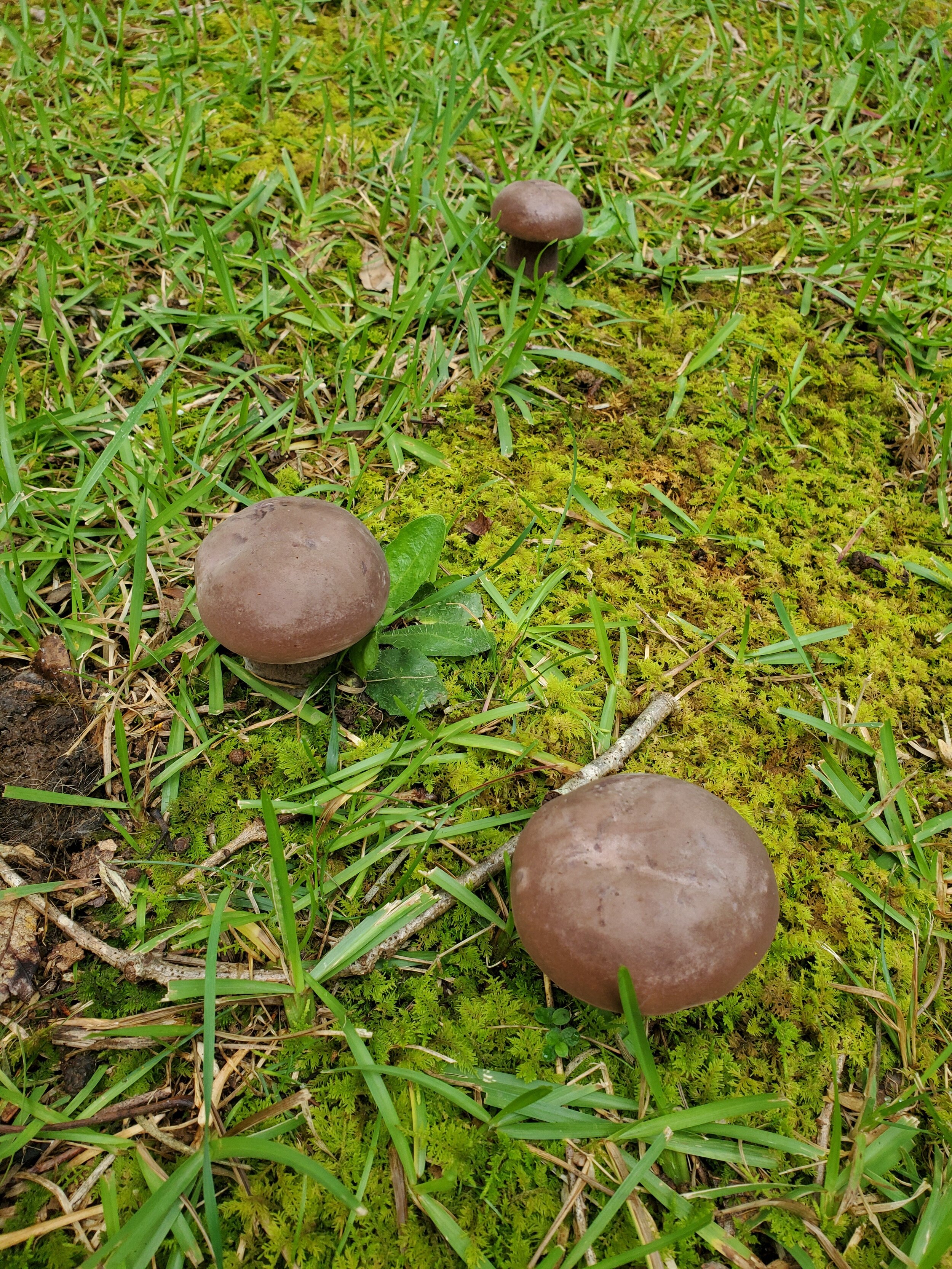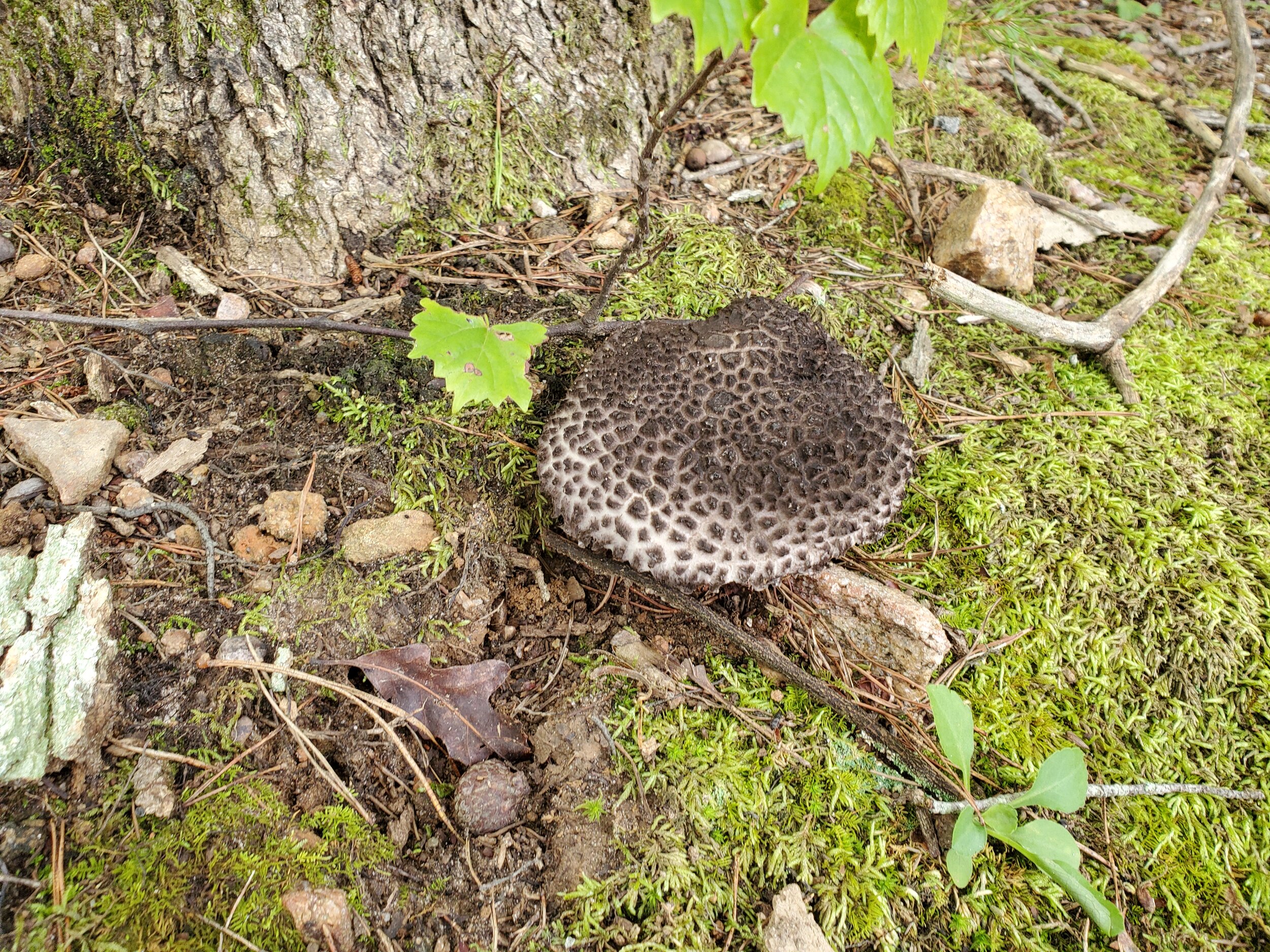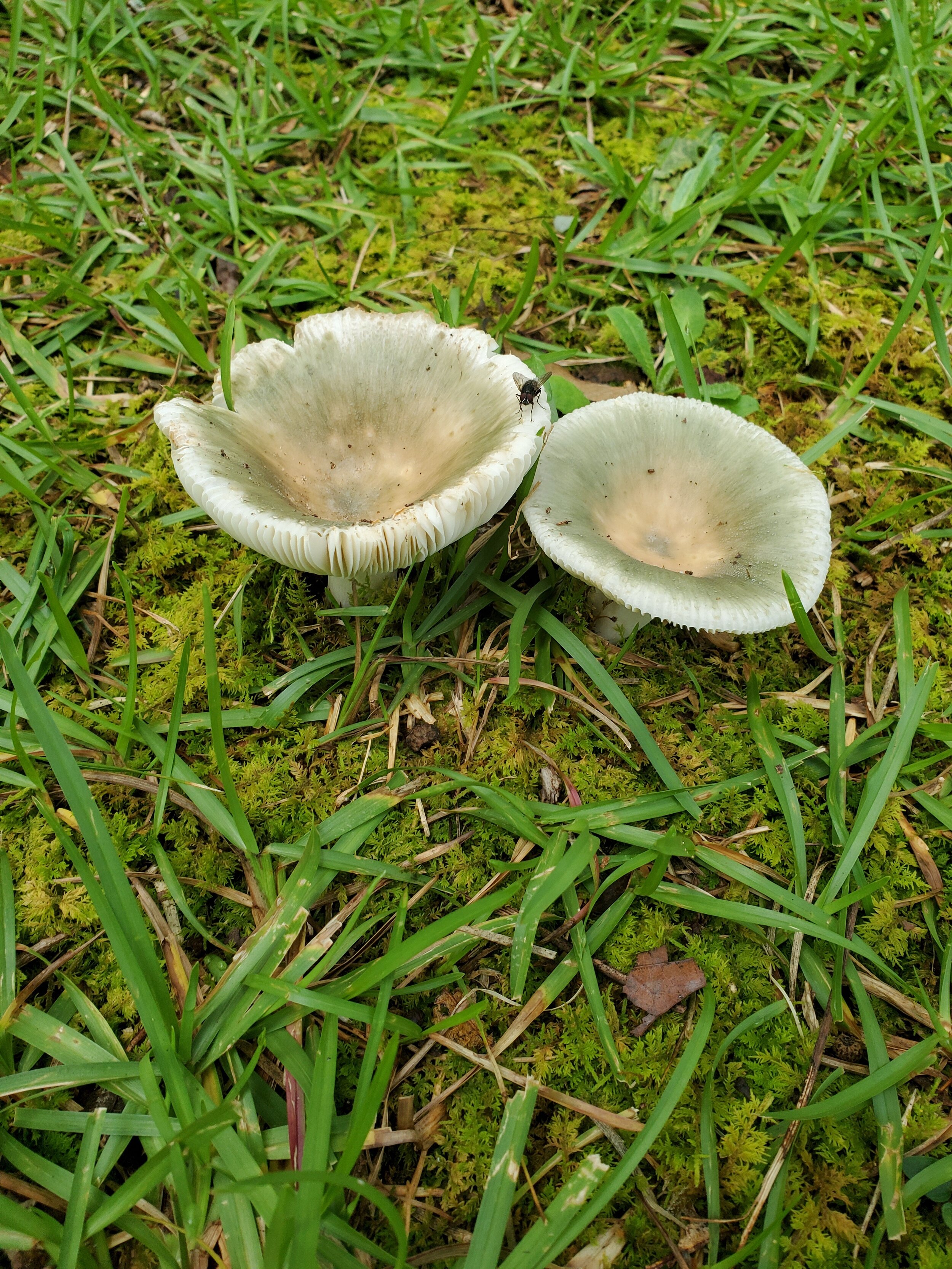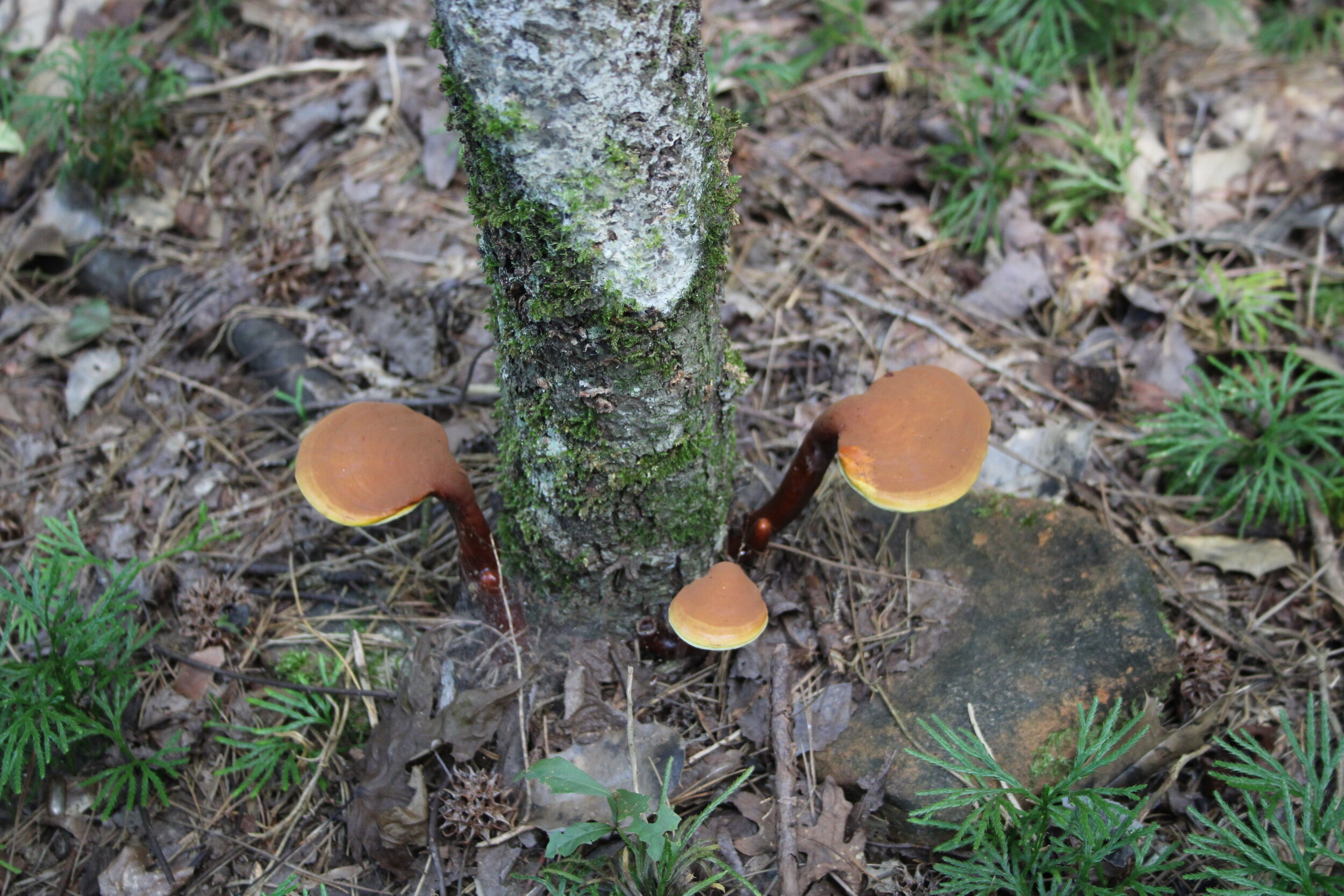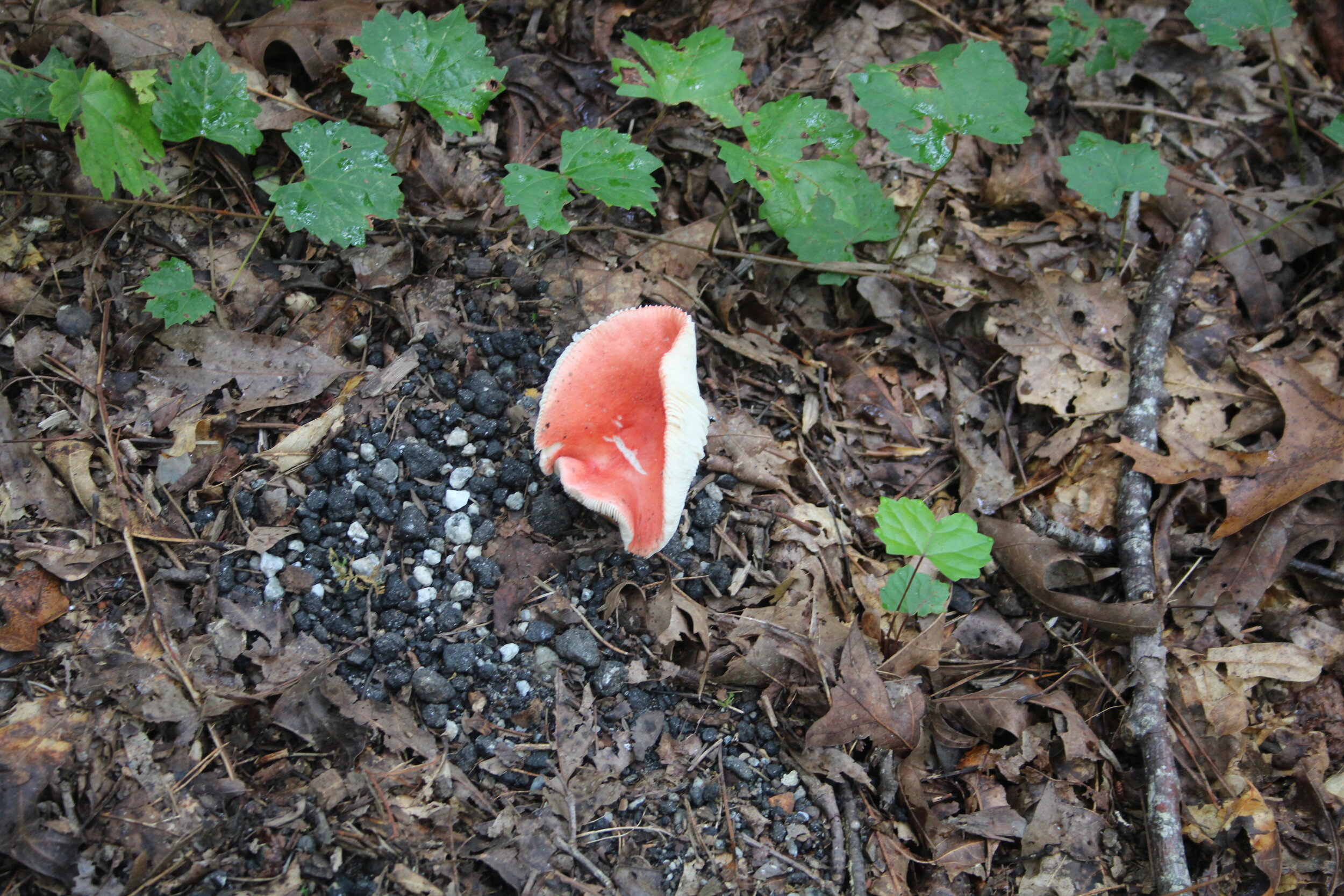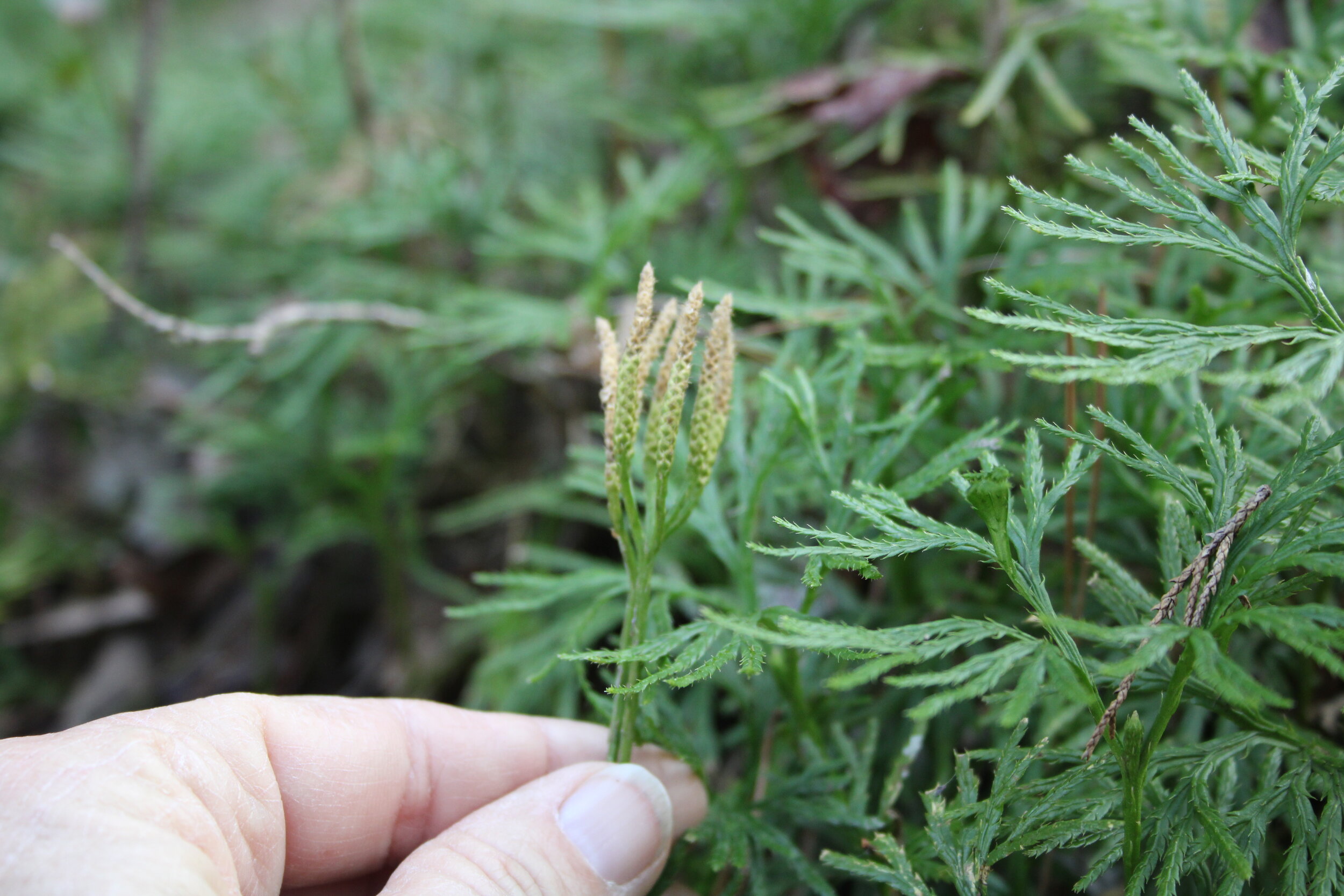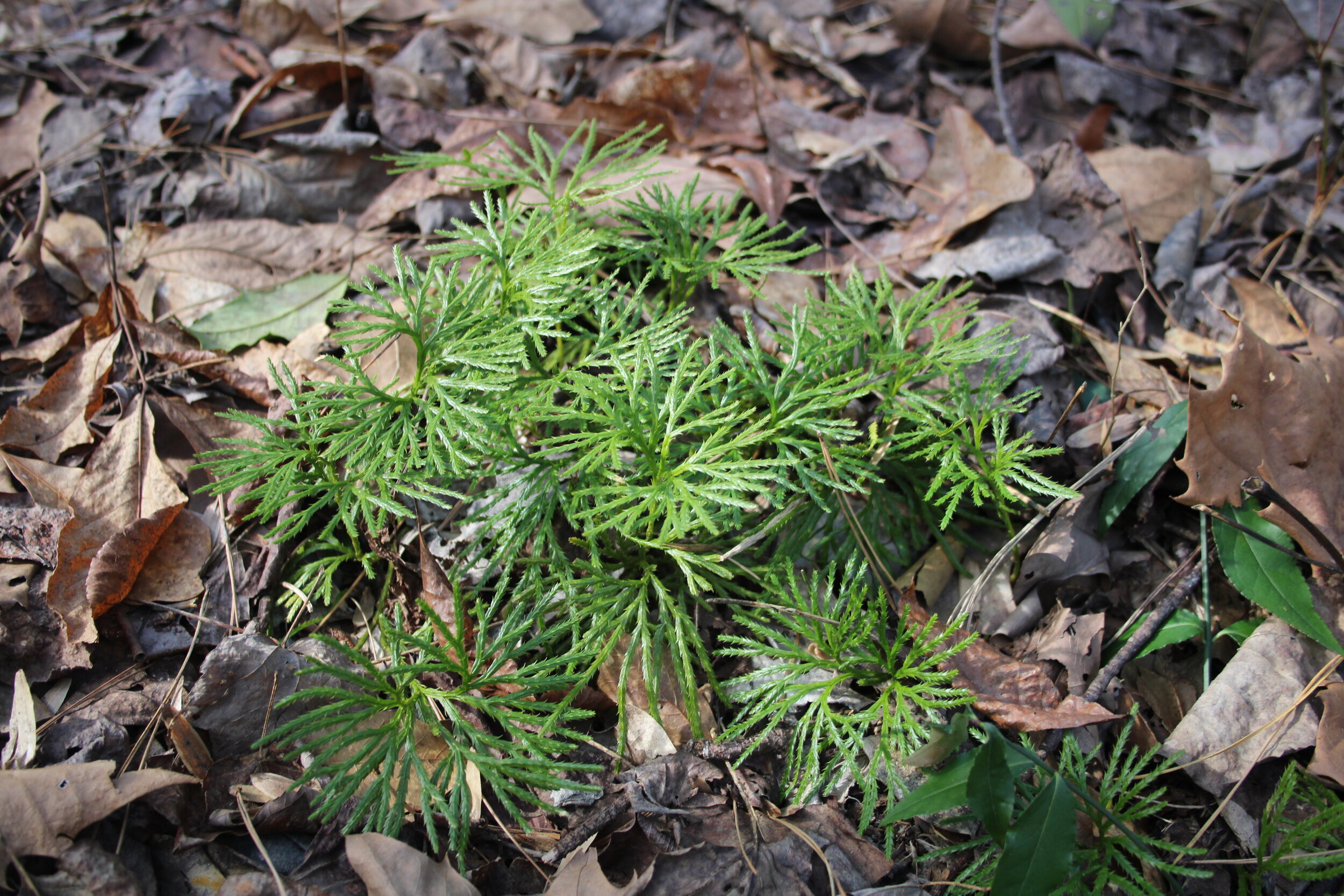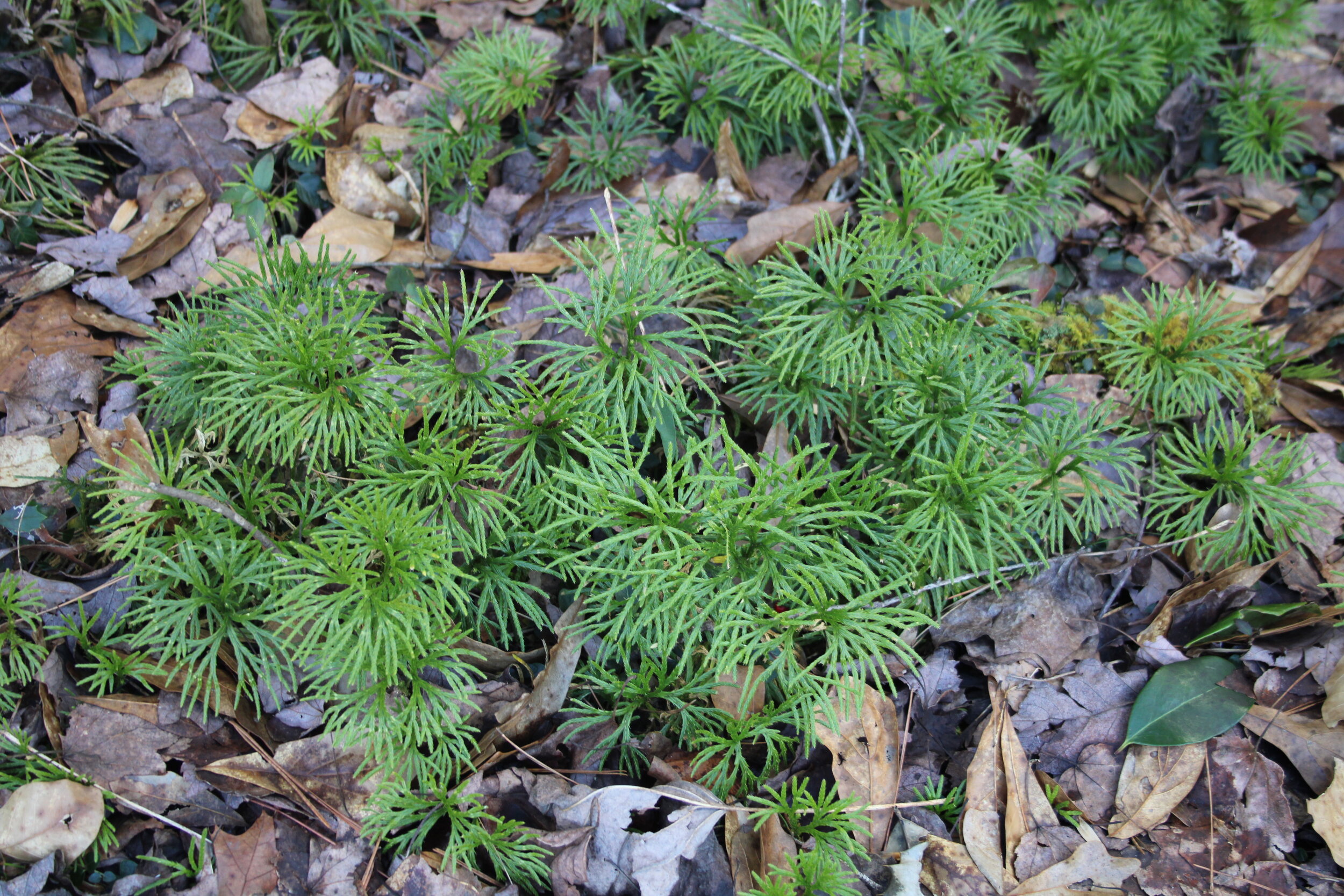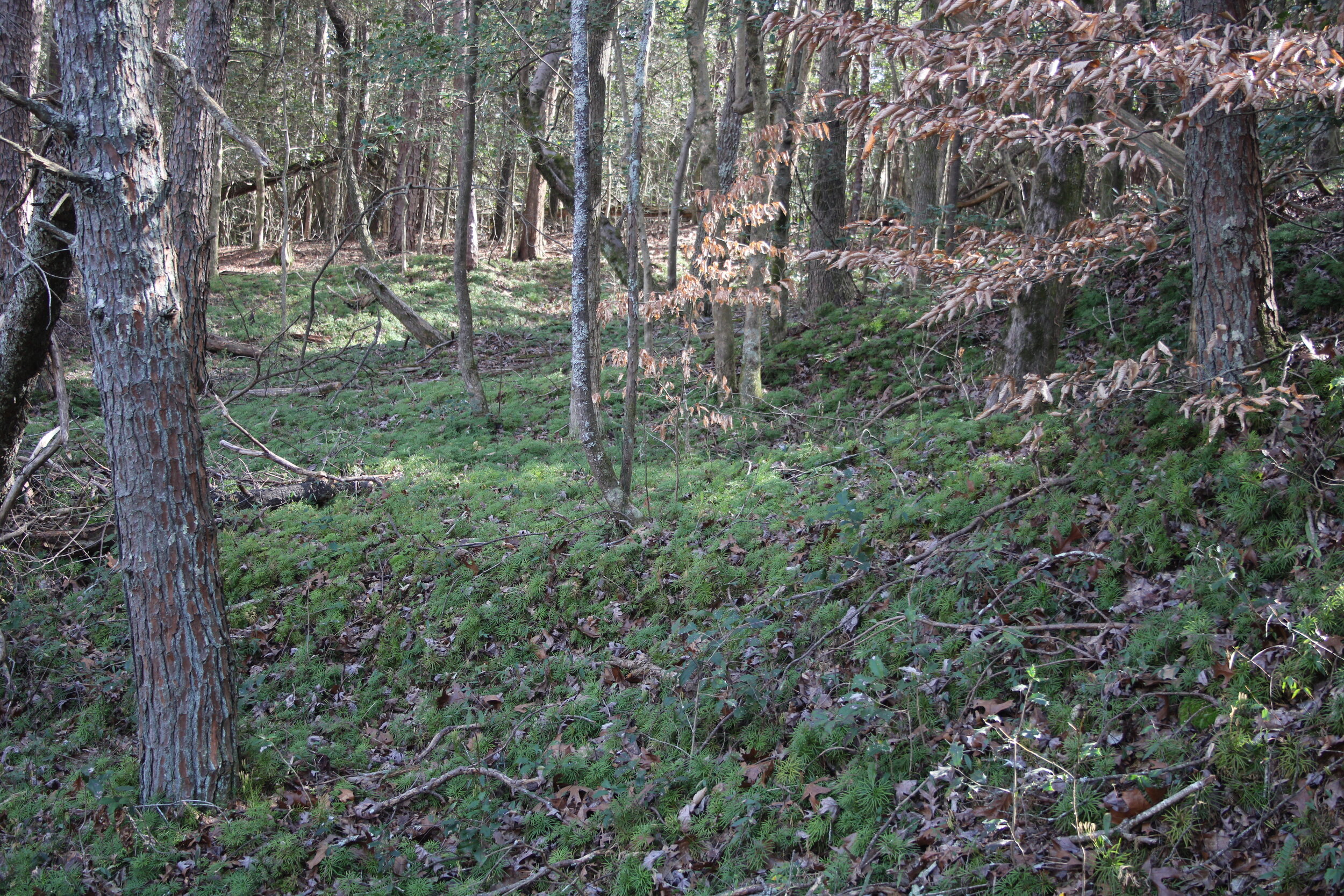Signs of early spring are appearing everywhere. Crocus are flowering and early daffodils are in bloom where I live. Abelias are showing tiny leaves, buds are swelling on the Fothergillas, and maple trees are starting to show a red cast. One of my earliest spring indicators is the emergence of Sweet Little Betsy, Trillium cuneatum, pronounced TRIL-ee-um kew-nee-AH-tum. Other common names include Purple Toadshade, Wake Robin, and Bloody Butcher.
My Trillium originated with my husband’s grandmother, a remarkable gardener. My family enjoyed them for years when we lived at New Hope Farm. I dug the rhizomes and moved them to our new property three years ago. All internet gardening sites say that Trillium “do not transplant easily.” I carefully lifted a rootball about the size of a regulation basketball, and my plants never missed a beat. When our home renovation construction began near their location, I decided to divide the clump and keep some in a container in a site well away from backhoe and concrete trucks. This week, I am happy to report, I spotted healthy new growth and numerous buds on the rhizomes I potted as a precaution as well as those I left in the original location. The potted insurance plants will be relocated to a new, in-ground home during the coming week.
Sweet Little Betsy is native to the southeast. Plants have three mottled leaves and three petals, usually a deep wine red. Other species have white, yellow, and even pink flowers. They thrive in moist shade and enjoy the humus-rich soil of woodlands. Plants are winter-hardy in zones 5-8. They prefer an acidic to neutral soil.
You may have heard that one should never pick the flowers of a Trillium or it will die. I believed this until I researched this plant for today’s blog and found this folklore is total nonsense. If you pick the leaves, you may damage the plant by preventing it from generating food storage through photosynthesis, but you most likely won’t kill it. Trilliums are ephemeral, meaning they go dormant after they flower. Their food-making period is brief, so they need all their leaves to make the process efficient. Picking the flower may mean it won’t bloom in the coming year, but it will not kill the plant. So much for hearsay advice!
Trillium flowers smell bad (my opinion) but they produce early nectar for pollinators. Seeds are spread by ants. Plant reproduction via seeds is a slow process. It can take a year or two for seeds to germinate, and up to five years or even longer for new plants to flower. Division is much faster, but plants need a year or two to recover after separation. Lift plants carefully, as the rhizomes are brittle. The fleshy white roots are connected to the rhizome at a single point near the stem, technically, a “scape.” The trio of leaves immediately under the flowers aren’t really leaves, but “bracts.”
Some sites say that the leaves of young Trillium are edible, but other sites indicate they are mildly toxic and can sicken pets. Deer relish them without any bad effects.
Sweet Little Betsy, Trillium cuneatum, safely survived during our construction by moving to a container in our woodlands.



